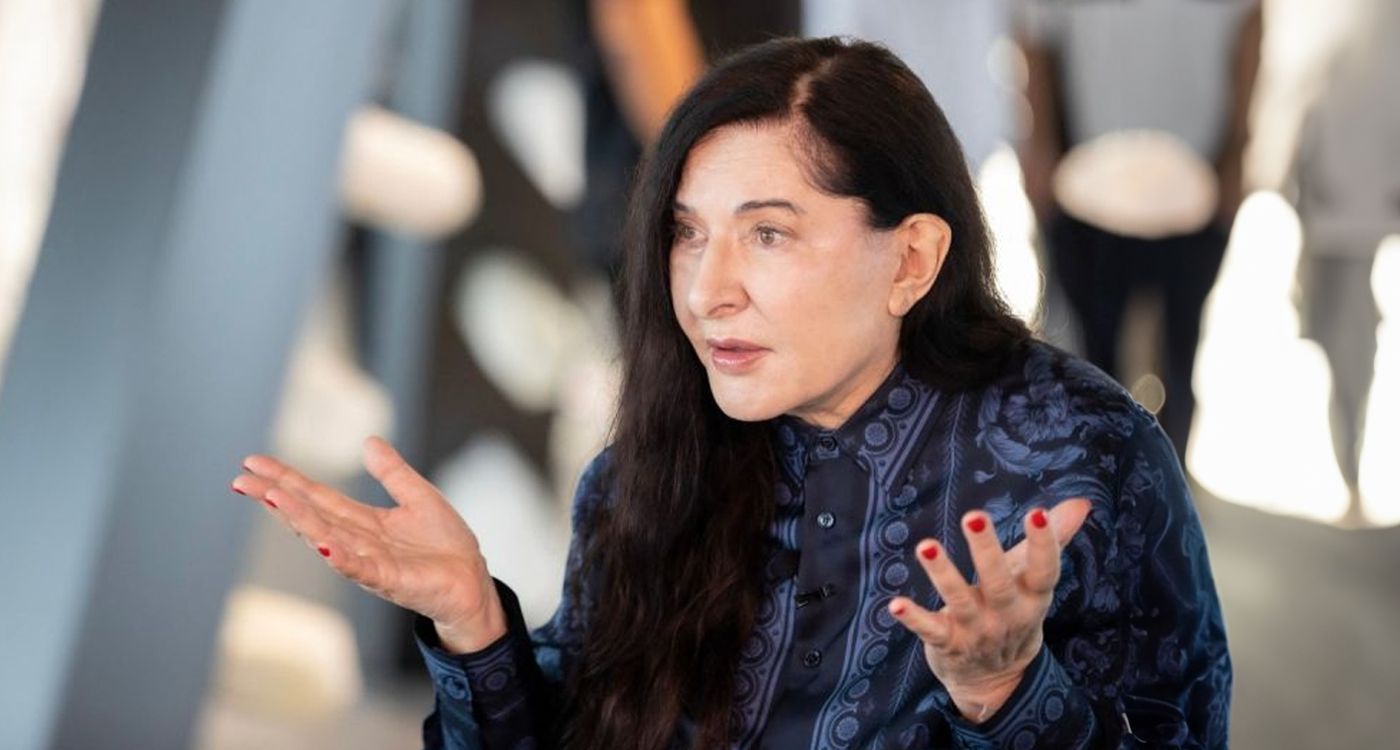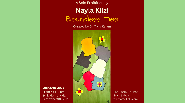
Marina Abramović, an icon of performance art, unveils her exhibition "Transforming Energy" in Shanghai, promising a bold and interactive experience aimed at restoring human connections in an increasingly technological world.
In 1988, Marina Abramović walked along the Great Wall of China for 90 days, a performance that marked the beginning of her connection with the country. Thirty-six years later, this performance art icon is set to inaugurate her first exhibition in China at the Shanghai Museum of Contemporary Art. Titled "Transforming Energy," the exhibition promises to be "radical" and "totally interactive," a venture that the 77-year-old Serbian artist describes as a dream come true.
In an interview with AFP, Abramović shares her enthusiasm: "I've always dreamed of performing here. To perform here, one must be invited... and now I am invited." She describes this exhibition as a unique work, designed specifically for a Chinese audience that, in her view, deserves a bold approach. "I believe that China deserves something that is very, very radical," she asserts.
During her initial performance on the Wall, China was just beginning to open up to the world, and her marriage project with the German artist Ulay fell apart due to bureaucracy. Their planned meeting in the middle of the Wall symbolized the end of their relationship, an irony that still haunts Abramović.
A Return to Simplicity
The exhibition in Shanghai, featuring over a thousand photographs and videos, retraces her experiences on the Wall while incorporating new works. Visitors are encouraged to physically interact with certain pieces, even lying down on them. However, Abramović insists on a difficult recommendation for visitors, who are often glued to their screens: to put away their phones. "I really want there to be a detox from technology in this show," she states. "People should talk to each other; they should fall in love with each other. This exhibition is, in an almost romantic way, a return to simplicity."
This quest for human contact seems to be a response to the alienation she feels in modern times. "I don't like seeing young people sitting together at a table, texting each other," she laments, adding that the exhibition aims to restore human connection.
A Bold Practice
Born in Belgrade, the artist is known for her audacious performances, which blur the boundaries between her body and her art. In one of her most famous works, "Rhythm 0," in 1974, she sat motionless on a chair for six hours while the audience had 72 objects (including flowers, knives, and a gun) at their disposal to use on her as they pleased. Some individuals ended up behaving violently, realizing they could act with impunity.
Despite the years, China has changed profoundly. Abramović remembers a time when she was escorted by soldiers, when the streets were empty of cars, and conversations with villagers revealed ancient legends. Today, in Shanghai, she observes robots serving meals in her hotel.
A Second Home
Despite these transformations, China remains a second home for her. As the daughter of Communist officials, she sees parallels between her discipline and that of the Chinese. "I come from communism; I am a hard worker," she confides. However, she avoids questions about the contrast between her works and the current communist regime, insisting that her art is not political.
As Marina Abramović prepares to open her long-awaited exhibition, she embodies the hope for a return to human authenticity through art, challenging norms and engaging her audience in a transformative experience.
With AFP



Comments